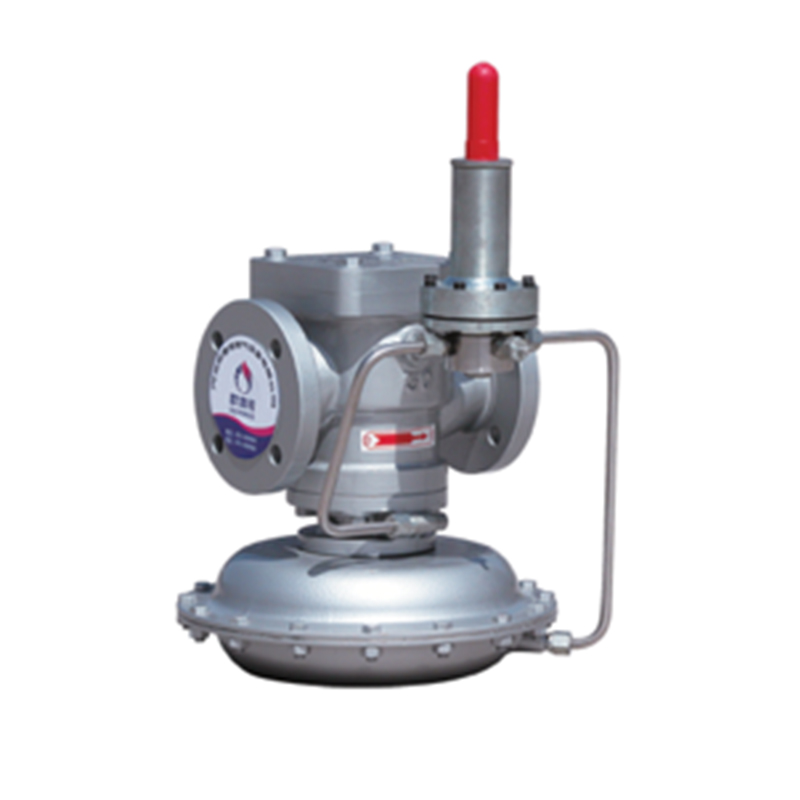
10 月 . 07, 2024 09:38
Back to list
filter separator
Understanding Filter Separators A Key Component in Industrial Processes
Filter separators are essential devices used in various industrial applications, particularly in the oil and gas sector, petrochemical industries, and water treatment facilities. Their primary function is to efficiently separate solid particles and liquids from a gas stream, ensuring the purity and safety of the gas while protecting downstream equipment from damage caused by contaminants.
The Working Principle
At its core, a filter separator operates on two main principles filtration and separation. The process begins when a gas mixture enters the separator. The gas typically contains a combination of hydrocarbons, water vapor, and solid particles. As the gas travels through the filter media, solid impurities are trapped within the filter elements, preventing them from passing into the downstream processes.
Following filtration, the next step is the separation of liquids from the gas. This process usually employs the use of gravity and centrifugal forces. In a well-designed filter separator, the gas is directed into a separation chamber where the heavier liquid components settle at the bottom due to gravitational pull. Meanwhile, the cleaned gas rises to the top and is routed for further processing or to be safely vented.
The Importance of Filter Separators
filter separator

Filter separators play a crucial role in maintaining operational efficiency and longevity of equipment. Contaminants can lead to excessive wear and tear, corrosion, and even catastrophic failures in compressors, pipelines, and other critical components. By removing these impurities, filter separators help ensure that the gas is delivered at a high standard and with reduced risk of malfunctions.
Moreover, these devices enhance the overall safety of industrial processes. For instance, in the oil and gas industry, the presence of water and solids in gas streams can lead to hydrate formation, which poses severe risks in pipeline operations. By employing filter separators, companies can effectively mitigate such risks, leading to safer and more reliable operations.
Various Types of Filter Separators
There are several types of filter separators, each designed for specific applications. Some common types include vertical and horizontal separators, coalescing filters, and mechanical separators. Vertical separators are often preferred in space-constrained environments, while horizontal designs can provide more efficient separation under high flow rates. Coalescing filters are particularly effective for removing water from liquid hydrocarbon streams, making them valuable in both oil and gas processing.
Conclusion
In conclusion, filter separators are an indispensable part of many industrial processes, offering both filtration and separation capabilities. By ensuring that gas streams are free from harmful contaminants, these devices not only protect equipment and enhance operational efficiency but also contribute to the safety and reliability of industrial operations. As industries continue to evolve and focus on sustainability and efficiency, the role of filter separators will undoubtedly become even more significant in maintaining safe and clean environments for future operations.
Next:
Latest news
-
Unlocking The Quality Gas Pressure ReducersNewsNov.01,2024
-
The Role of Gas Pressure Reducing StationsNewsNov.01,2024
-
The Importance and Functionality of Safety Relief ValvesNewsNov.01,2024
-
The Essential Role of Safety Valves in Natural Gas ApplicationsNewsNov.01,2024
-
The Essential Role of Gas Pressure RegulatorsNewsNov.01,2024
-
Enhance Your Premium Gas FiltersNewsNov.01,2024

